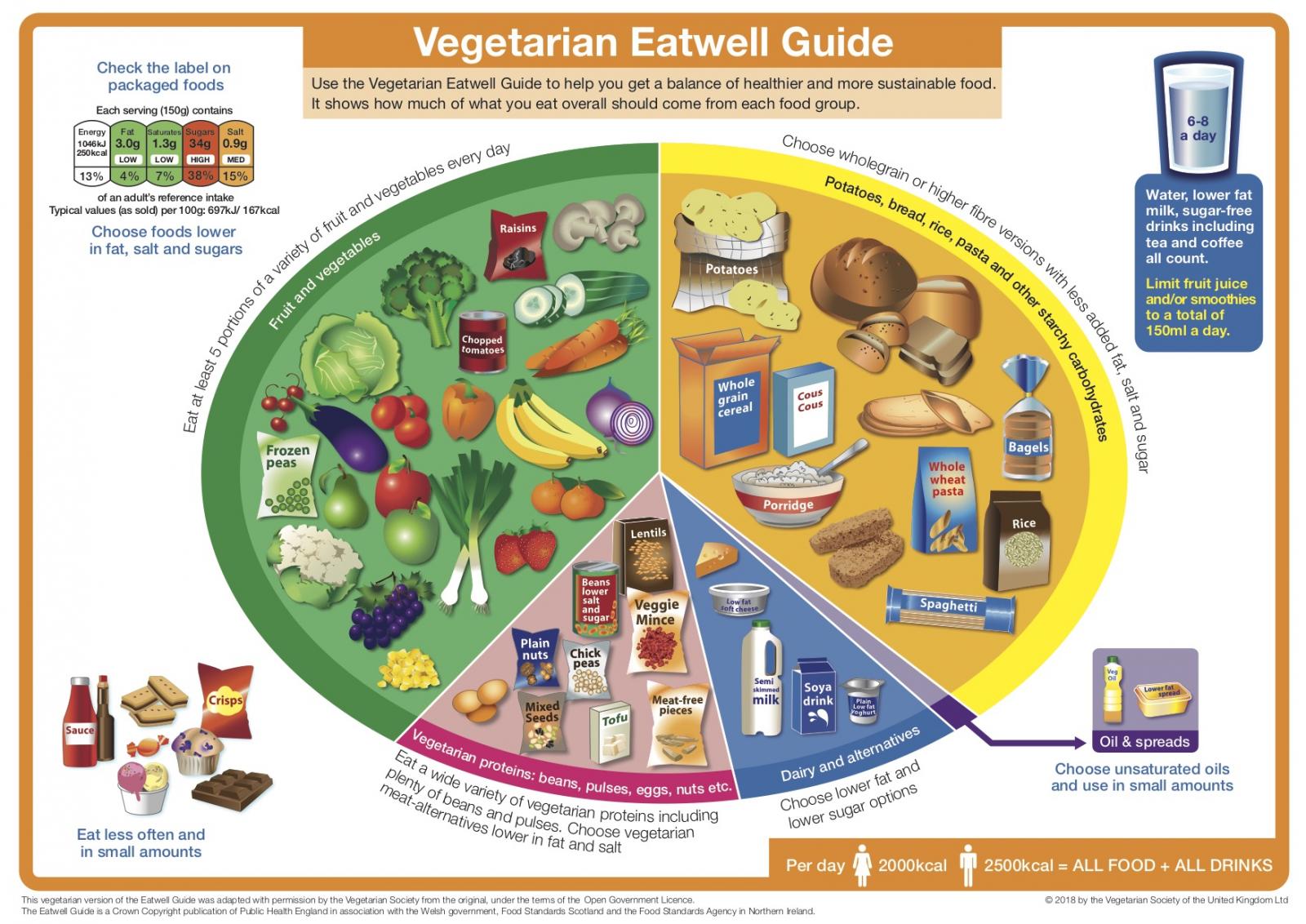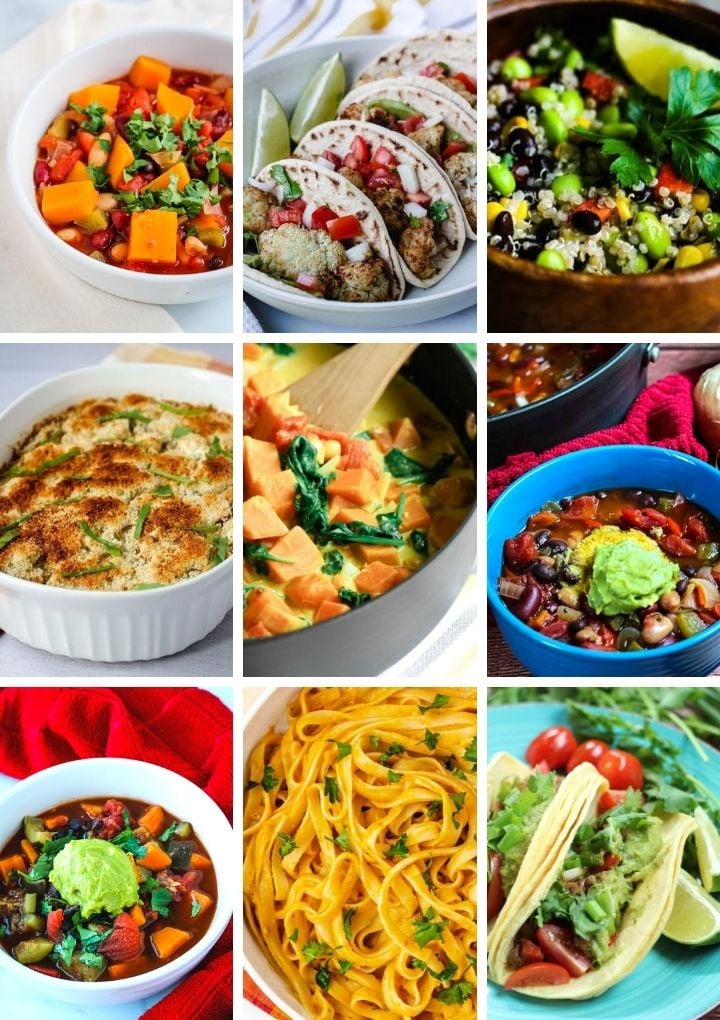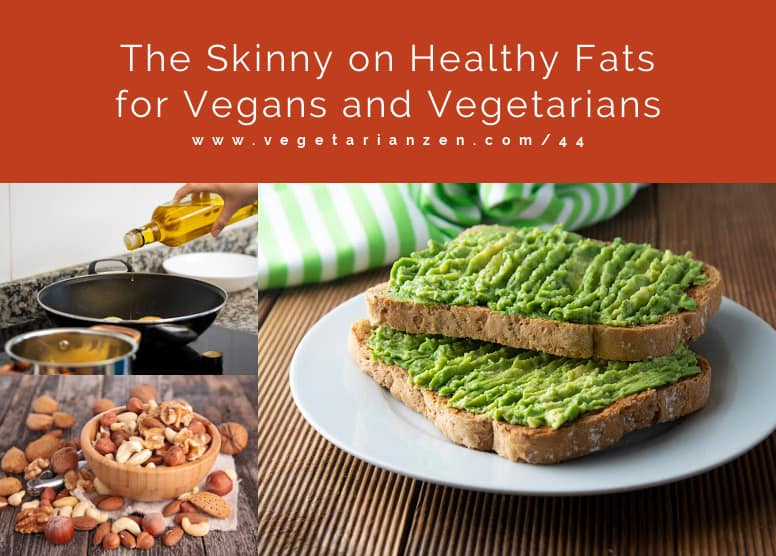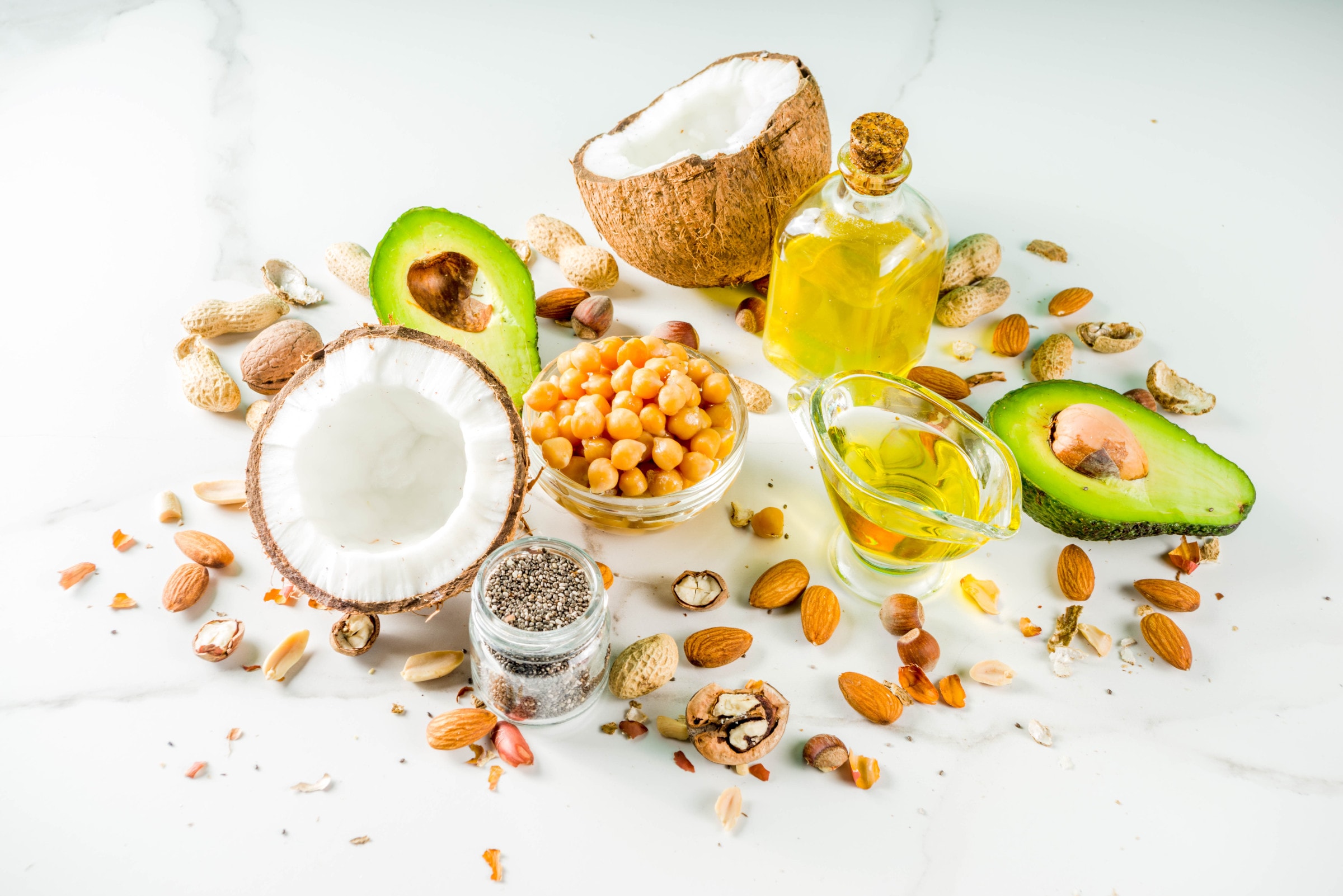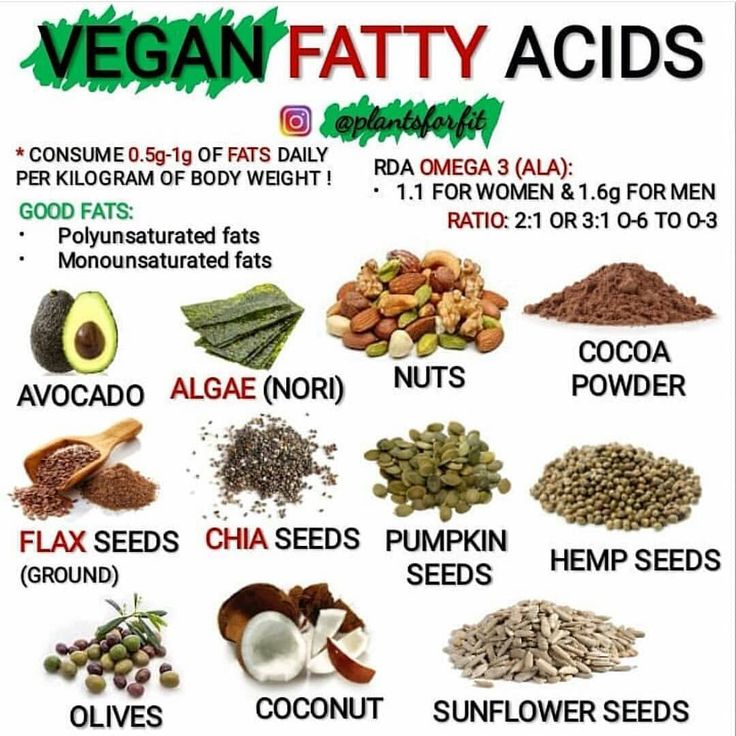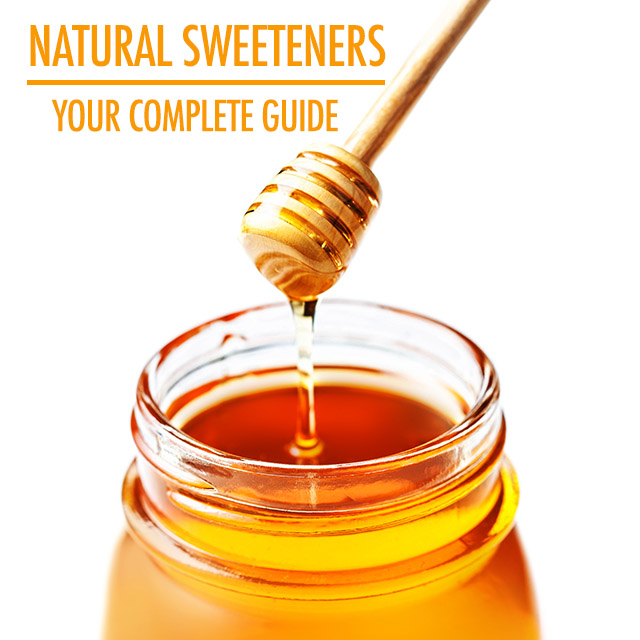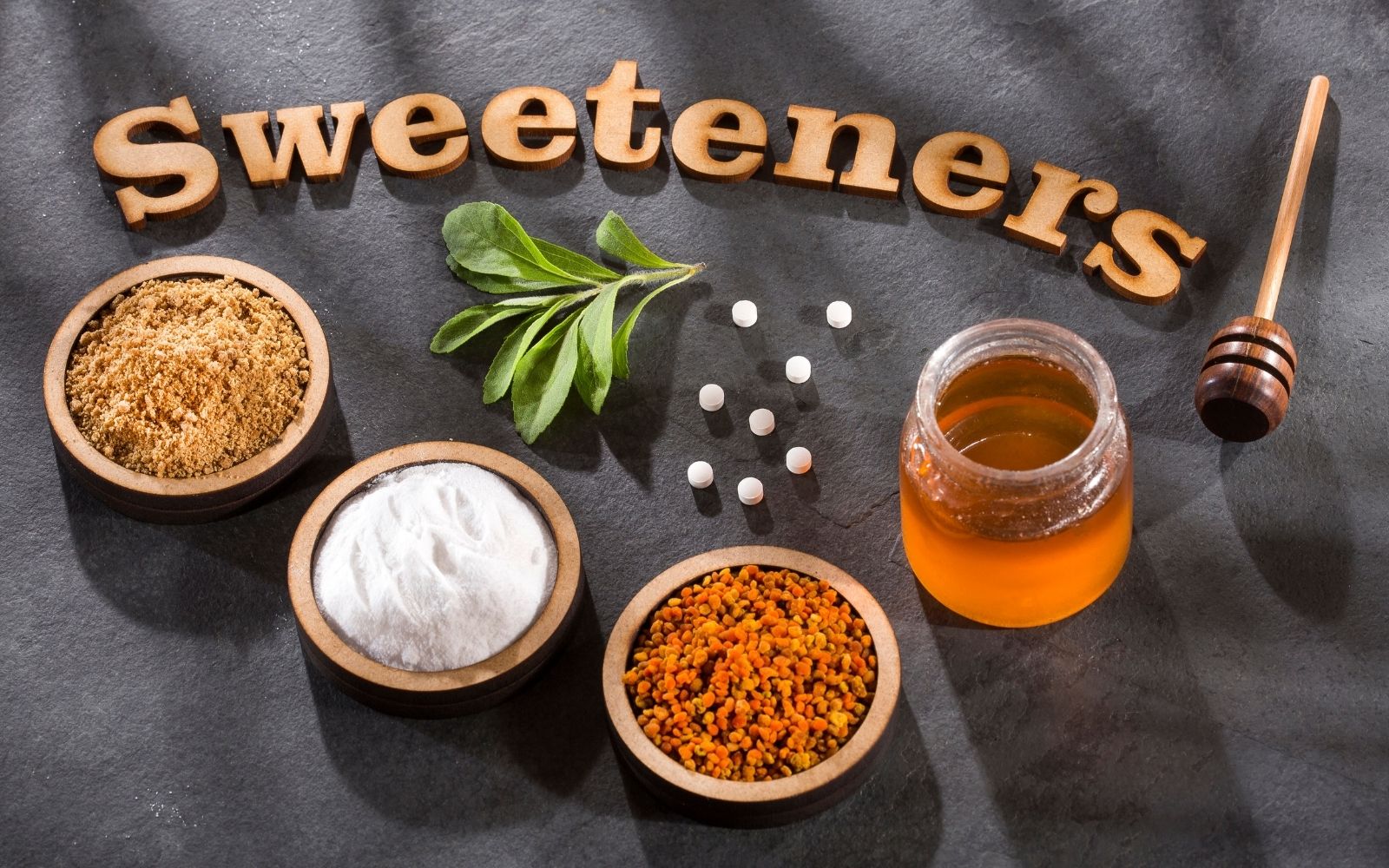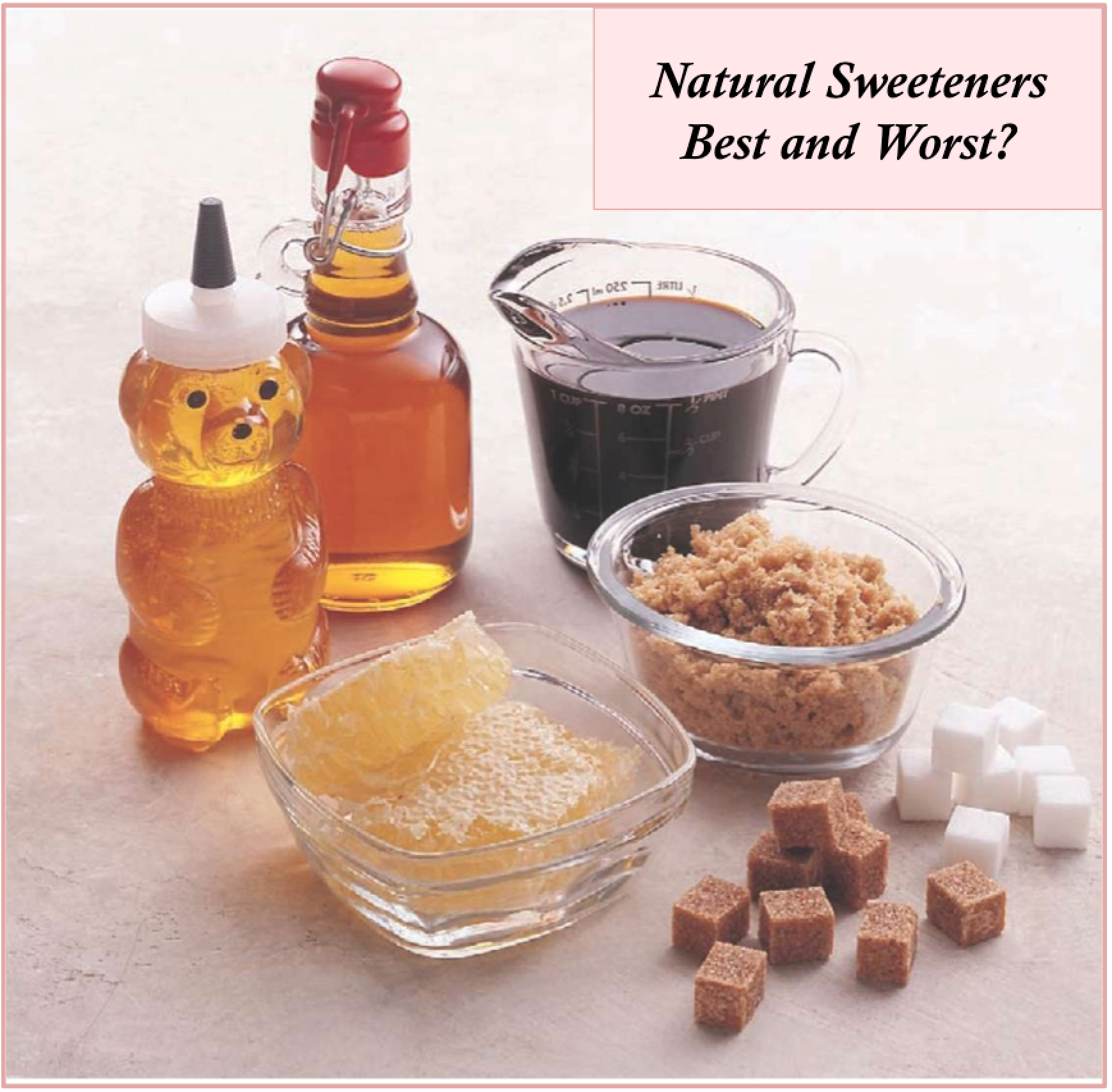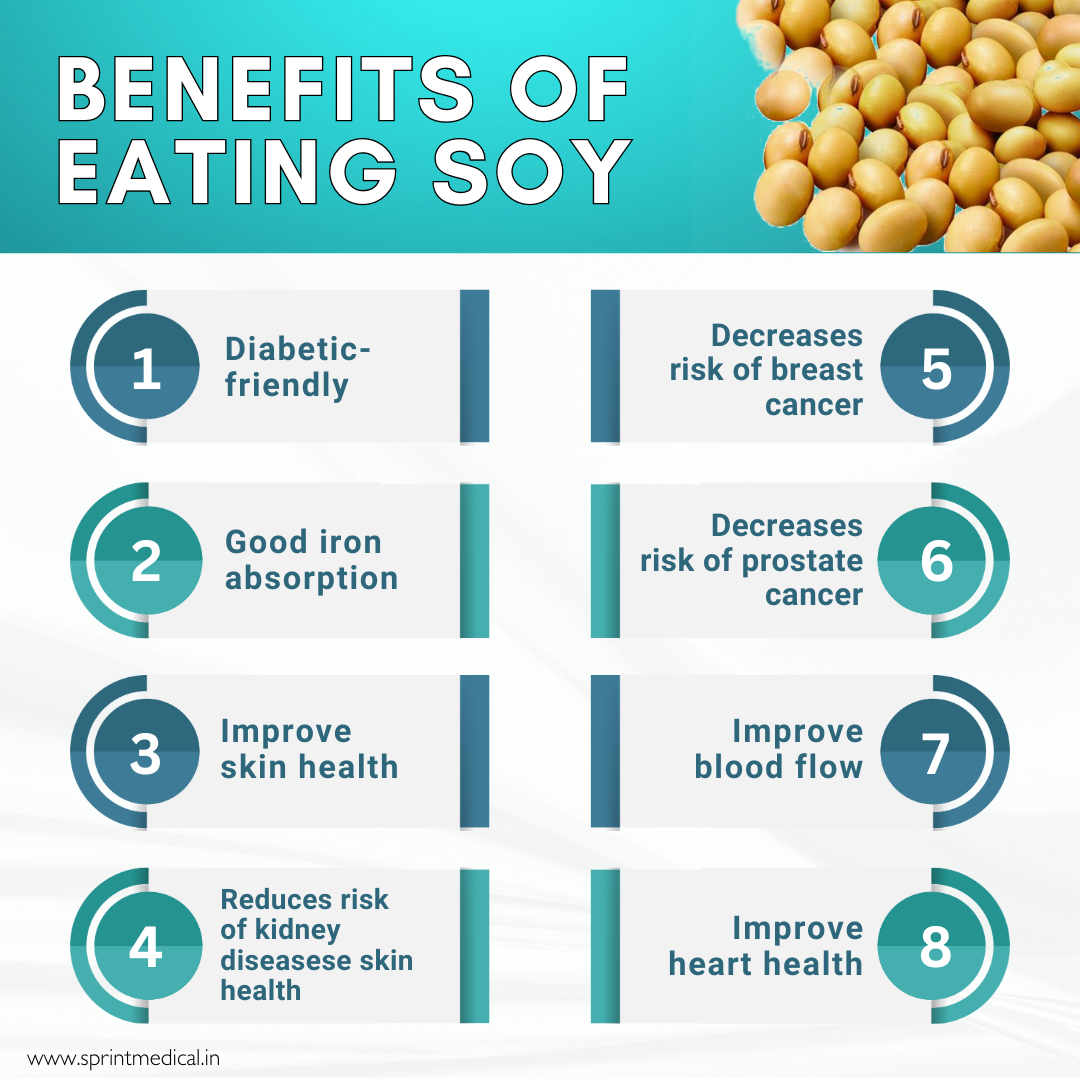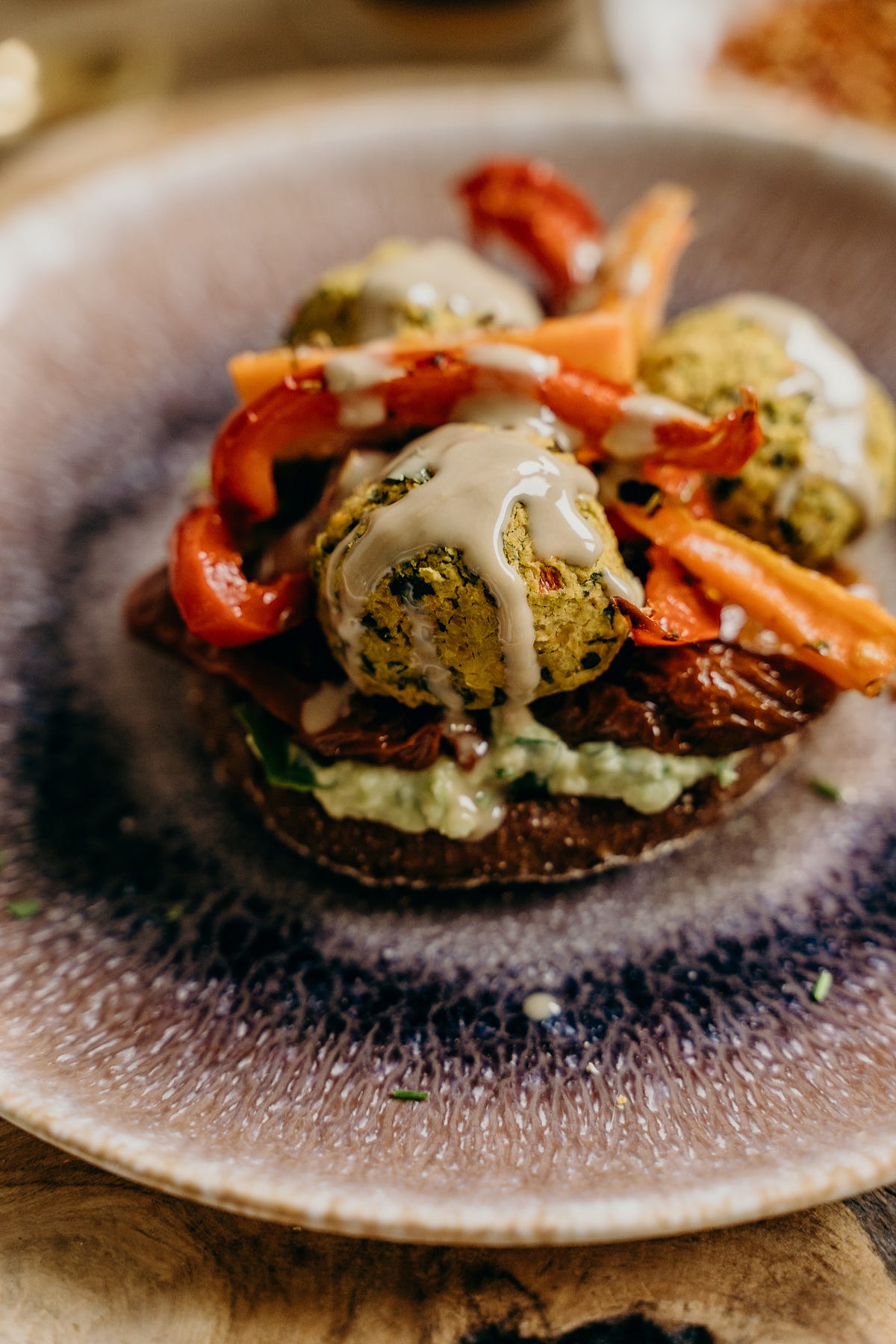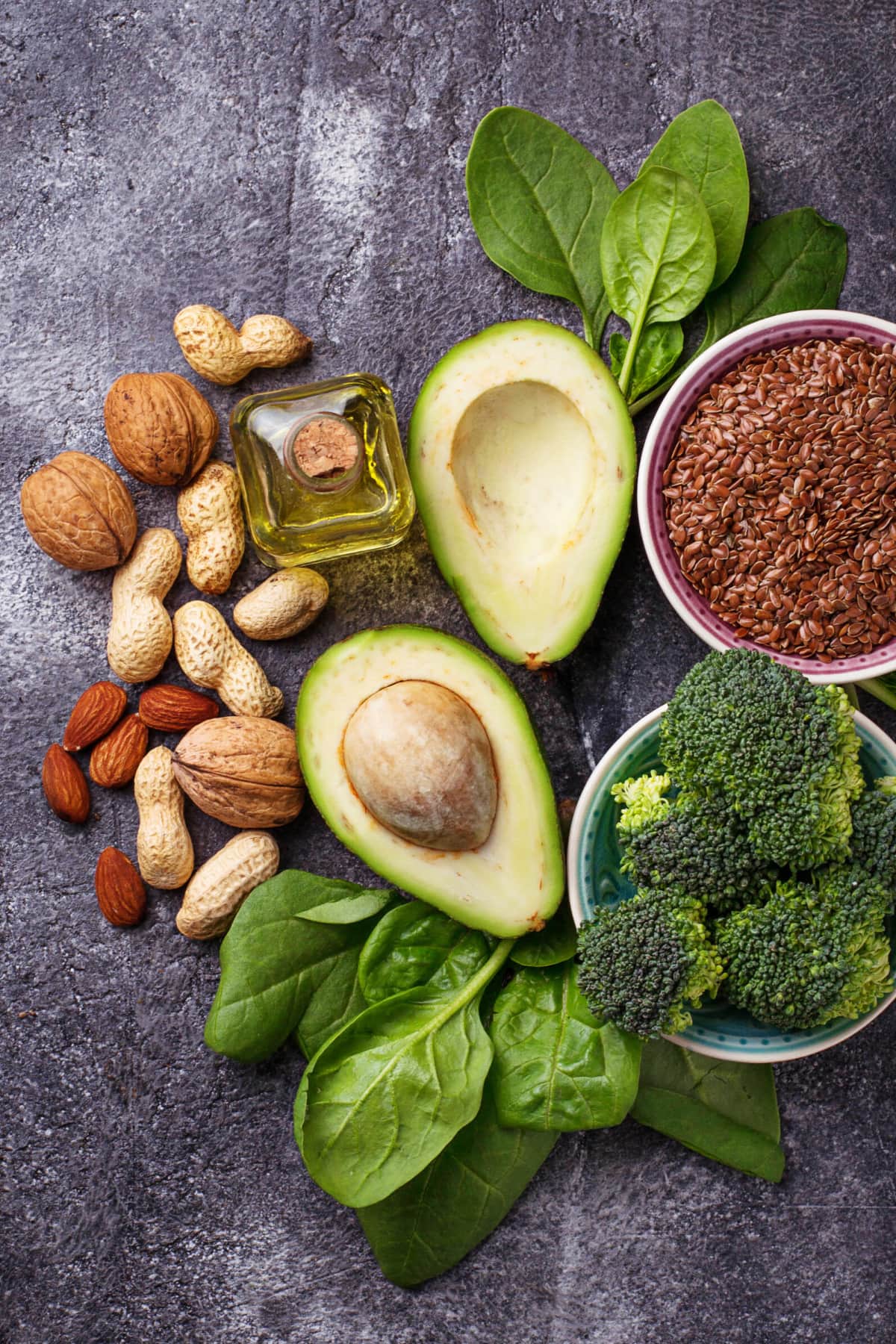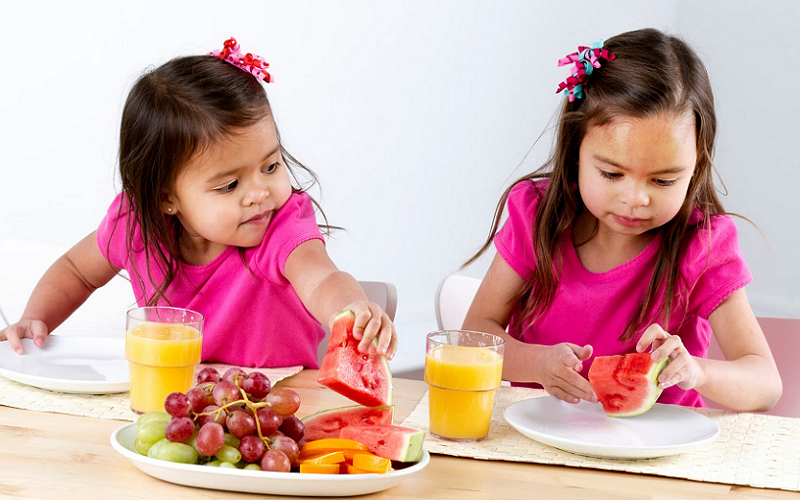[The Vegan’s Guide To Gluten-free Living]

Executive Summary

This comprehensive guide will explore the intricate world of veganism and gluten-free living, providing valuable information and actionable advice for those embarking on this exciting journey. We’ll delve into the nuances of gluten-free vegan diets, covering everything from essential nutrients to delicious and accessible recipes. Whether you’re newly diagnosed with celiac disease, looking to manage gluten sensitivity, or simply seeking a healthier lifestyle, this guide will empower you with the knowledge and resources to thrive on a vegan, gluten-free diet.

Introduction
Embracing a vegan, gluten-free lifestyle requires a conscious effort to understand the complexities of both dietary restrictions. While veganism focuses on eliminating all animal products, a gluten-free approach targets the exclusion of gluten, a protein found in wheat, barley, and rye. The challenge lies in finding the perfect balance between these two dietary restrictions, ensuring you consume sufficient nutrients while indulging in delicious, fulfilling meals.
Frequently Asked Questions
1. Is it difficult to find vegan gluten-free options?
The availability of vegan gluten-free food has dramatically increased in recent years. Supermarkets and online retailers offer an array of pre-packaged items, from plant-based protein sources and snacks to ready-to-eat meals. However, it’s crucial to be mindful of ingredient lists, as some products may contain hidden gluten sources.
2. How can I ensure I get all the essential nutrients on a vegan gluten-free diet?
Meeting your nutritional needs on a restricted diet requires careful planning. Focusing on nutrient-dense foods such as fruits, vegetables, legumes, and nuts can provide the necessary vitamins and minerals. It’s also essential to incorporate fortified plant-based milks and supplements to ensure adequate intake of calcium, vitamin B12, and iron.
3. Can I still enjoy my favorite foods on a vegan gluten-free diet?
Absolutely! Creativity and experimentation are key to adapting your favorite dishes. Many gluten-free vegan alternatives exist, including gluten-free bread, pasta, and even pizza crusts. You can explore innovative ways to prepare classic recipes using gluten-free ingredients and substitute traditional animal products with plant-based counterparts.
Finding Gluten-Free Alternatives
Navigating the gluten-free aisle can feel overwhelming at first. With so many options, it’s easy to get lost. Here’s a breakdown of essential gluten-free alternatives for common vegan staples:
Gluten-Free Breads
- Rice flour bread: This light and fluffy bread is made from rice flour, offering a neutral flavor that works well for sandwiches and toast.
- Coconut flour bread: This dense and slightly sweet bread is perfect for those seeking a higher fiber option.
- Almond flour bread: This bread has a nutty flavor and a slightly crumbly texture, ideal for making wraps and sandwiches.
- Buckwheat bread: While technically not a grain, buckwheat is naturally gluten-free and has a slightly earthy flavor.
Gluten-Free Pastas
- Rice pasta: This classic option is readily available and absorbs sauces well.
- Quinoa pasta: This pasta has a nutty flavor and a slightly chewy texture, offering a nutritional boost.
- Lentil pasta: This high-protein pasta has a slightly earthy flavor and a firm texture.
- Shirataki noodles: These low-calorie noodles are made from konjac root and have a unique, chewy texture.
Vegan Gluten-Free Recipes
Creating delicious and satisfying meals while adhering to a vegan gluten-free diet can be a rewarding culinary experience. Here are a few recipe categories to inspire your kitchen adventures:
Breakfast
- Overnight oats: This simple yet nutritious breakfast option can be customized with various fruits, nuts, and seeds.
- Gluten-free vegan pancakes: Use a gluten-free pancake mix or blend your own with almond flour, coconut flour, and plant-based milk.
- Smoothies: Packed with fruits, vegetables, and protein powders, smoothies are a quick and easy way to start your day.
- Tofu scramble: This savory dish mimics the texture of scrambled eggs and can be seasoned with various herbs and spices.
Lunch
- Salads: Build your own salad with a variety of leafy greens, vegetables, plant-based protein sources, and a flavorful dressing.
- Wraps: Use gluten-free tortillas or rice paper to create satisfying wraps filled with your favorite vegetables, beans, and sauces.
- Soups and stews: Explore warming and nourishing soups and stews made with lentils, vegetables, and spices.
- Sandwiches: Try gluten-free bread alternatives like rice cakes or lettuce wraps to create satisfying sandwiches.
Dinner
- Curries: Explore the vibrant world of Indian curries, using coconut milk and plant-based protein sources like chickpeas or tofu.
- Pasta dishes: Prepare flavorful pasta dishes with gluten-free pasta, marinara sauce, and plant-based cheese alternatives.
- Stir-fries: Quickly cook up a nutritious and delicious stir-fry with your favorite vegetables, tofu, or tempeh.
- Roasted vegetables: Embrace the simplicity of roasted vegetables, seasoned with herbs and spices.
Staying Healthy on a Vegan Gluten-Free Diet
Maintaining a balanced diet and incorporating healthy lifestyle habits is essential for overall well-being, especially when adhering to specific dietary restrictions.
Nutrition and Supplements
- Vitamin B12: This vitamin is primarily found in animal products, so supplementation is crucial for vegans.
- Iron: Plant-based sources of iron are less bioavailable, so consuming iron-rich foods with vitamin C can enhance absorption.
- Calcium: Calcium is essential for bone health and is found in fortified plant-based milks, leafy greens, and sesame seeds.
- Zinc: This mineral is important for immune function and is present in legumes, nuts, and seeds.
Physical Activity
Regular exercise is vital for maintaining a healthy weight, improving cardiovascular health, and boosting mood. Engage in activities you enjoy, whether it’s walking, swimming, cycling, or dancing.
Stress Management
Chronic stress can negatively impact both physical and mental health. Explore stress-reducing techniques like yoga, meditation, or spending time in nature.
Conclusion
Embracing a vegan gluten-free lifestyle is a journey of discovery and empowerment. It requires a commitment to mindful eating, a willingness to experiment, and a passion for nourishing your body with wholesome foods. By understanding the nuances of this lifestyle, utilizing available resources, and staying committed to your health, you can unlock a world of delicious and fulfilling experiences that support both your physical and emotional well-being.
Tags
vegan, gluten-free, celiac disease, vegan recipes, gluten-free recipes, plant-based, nutrition, health, lifestyle, healthy eating.





